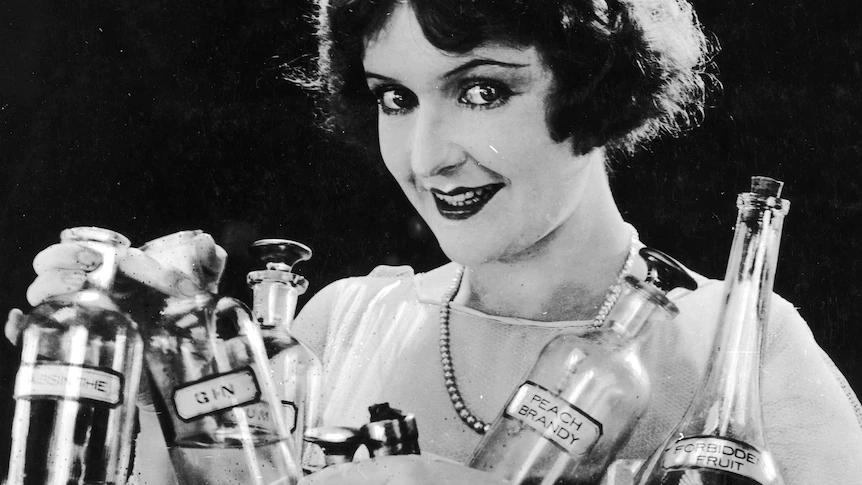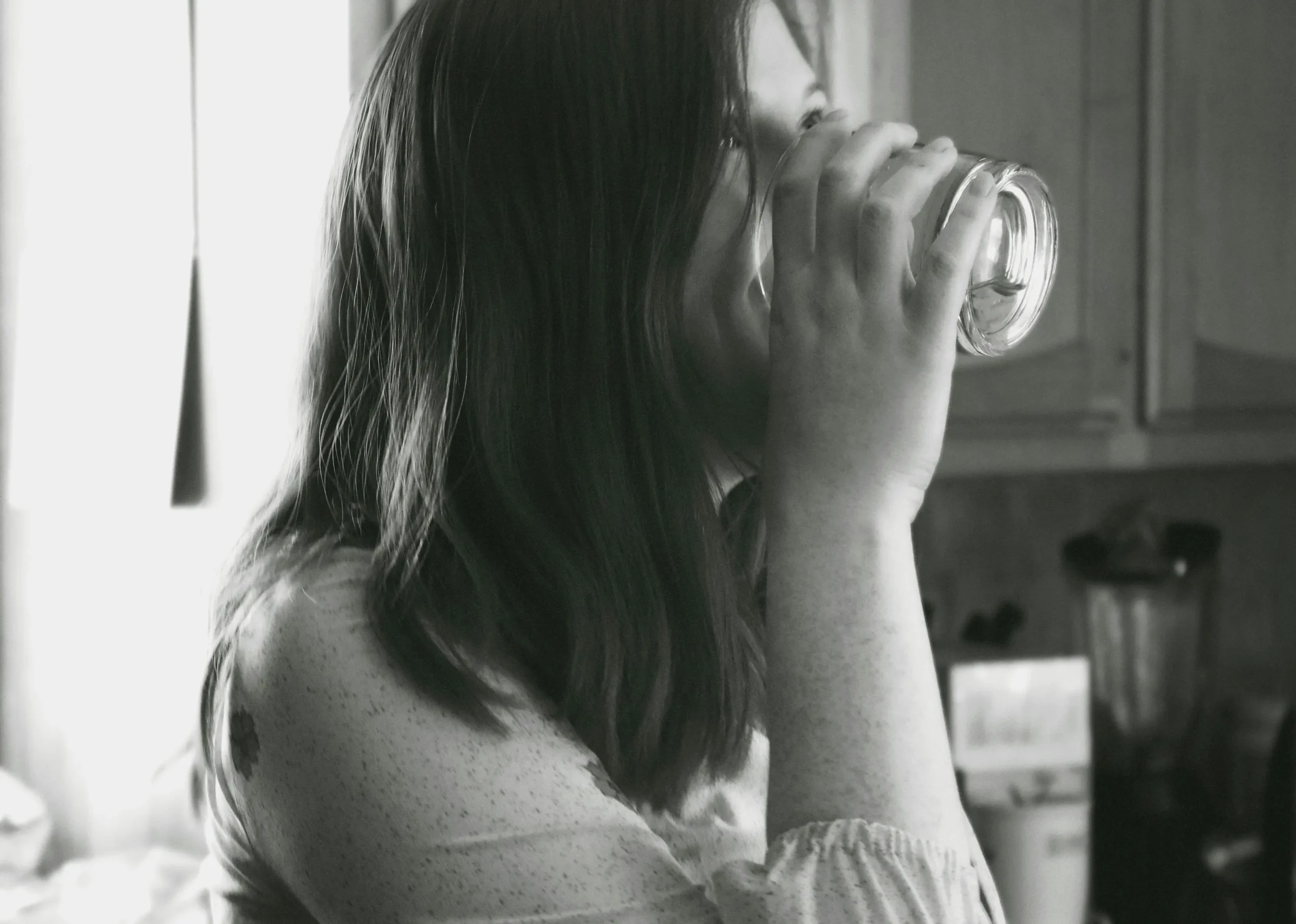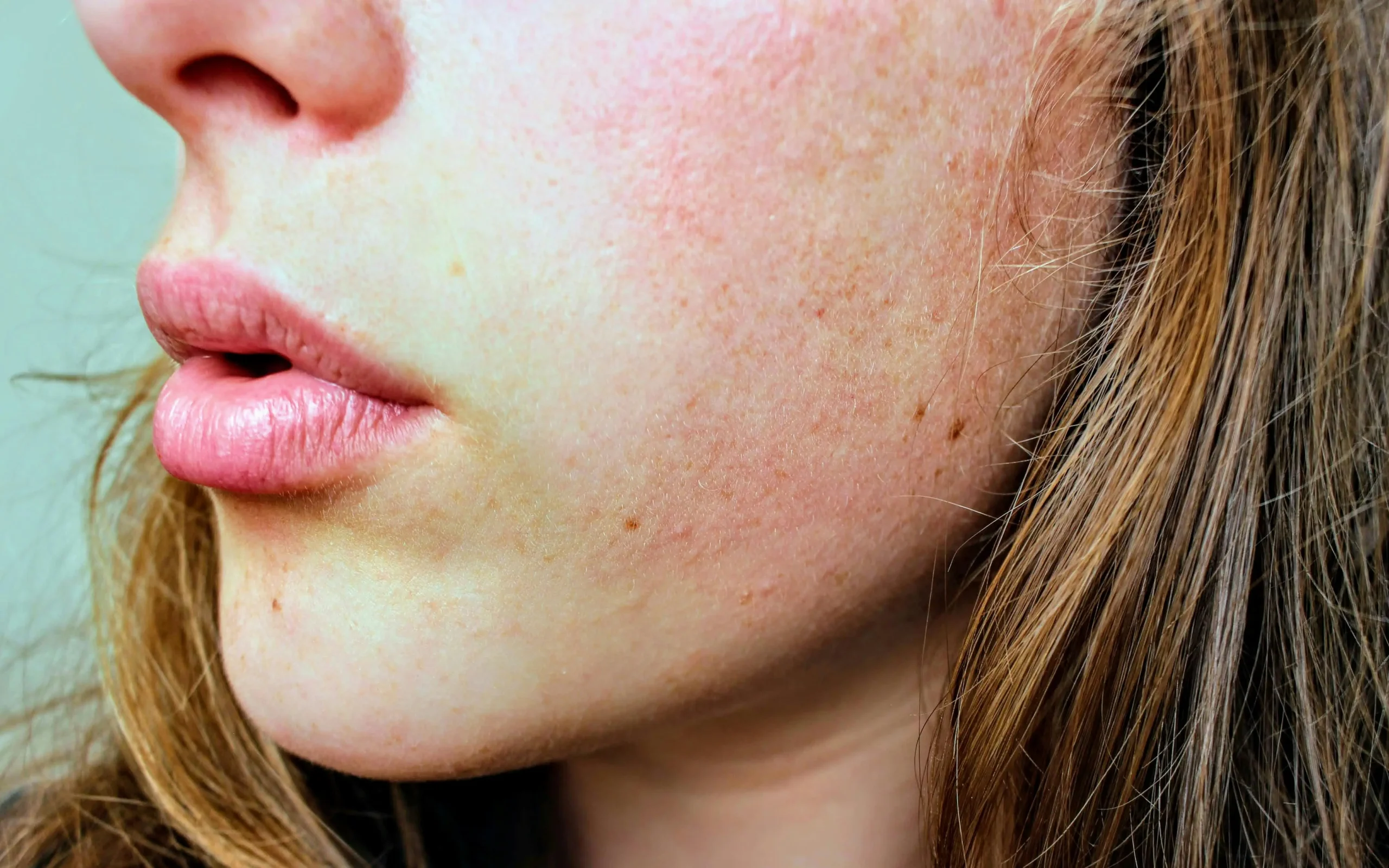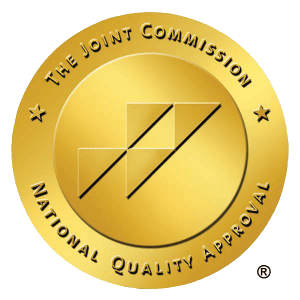The issue of women and alcohol has become a significant topic of public health conversation in recent years.
There has been a worrying increase in alcohol-related deaths among women, which is a cause for concern.
This article explores the various reasons behind this distressing trend, analyzing the impact on individuals and society.
By utilizing recent research, the goal is to shed light on this critical matter and promote informed interventions and solutions.
A Glimpse at the Rise in Deaths
Studies and reports show that women’s alcohol-related deaths have increased in recent years.1
| Category | Details |
| Overall Increase | Alcohol-related deaths have been increasing for both men and women. Between 2019 and 2020, there was a 26% jump in alcohol-related deaths in the United States for both genders. |
| Gender Disparity | Women are experiencing a faster rate of increase in alcohol-related deaths compared to men. A study found that alcohol-related deaths among women are rising faster, especially among those aged 65 and above. |
| Annual Deaths | It is estimated that over 140,000 people die from alcohol-related causes annually in the United States. Of these, approximately 97,000 are men and 43,000 are women. |
U.S. Women's Rising Vulnerability to Alcohol-Related Deaths
The Converging Gender Disparity in Alcohol Mortalities
Traditionally, men in the U.S. experienced higher alcohol-related fatalities than women.
However, emerging data highlights a steadily narrowing gap, with a notably higher death rate among women recently.2
This aligns with studies pointing to a surge in alcohol consumption and its detrimental effects on U.S. women, especially those in their 30s and 40s.
Unearthing Data: JAMA Network Open Study’s Revelations
The JAMA Network Open study, utilizing a CDC national database, examined U.S. mortality trends from 1999 to 2020.
This extensive data, containing detailed insights on the causes of death, gender, and ethnicity, spotlighted almost 606,000 deaths tied to alcohol complications or acute intoxication over this period—averaging roughly 30,300 deaths yearly.
What emerged as a significant concern was that while both genders have witnessed escalating alcohol-related death rates, women’s climb surpassed men’s.3
Ethnic Trends in Alcohol-Related Deaths
A more nuanced examination by ethnicity revealed specific trends:
- Non-Hispanic White, non-Hispanic Black, and American Indian or Alaska Native women showcased more pronounced recent growth in these deaths than their male counterparts.
- However, in the case of Asian or Pacific Islander and Hispanic demographics, recent trends showed men were more affected than women.
Holistic Understanding: Incorporating Indirect Alcohol-Related Fatalities
When considering deaths from unintentional injuries, homicides, and other indirectly associated causes, the alcohol-related mortality estimation jumps significantly.
While the JAMA study’s findings pegged the number at around 30,300 annually, inclusive of these indirect causes, the number could soar to an alarming 140,000 deaths yearly.
Irrespective of the data source, one stark reality remains a considerable increase in alcohol-linked deaths for both genders, with a notable 26% rise between 2019 and 2020 alone.
The COVID-19 Impact on Alcohol Consumption Patterns
In light of the SARS-CoV-2 outbreak, which resulted in the COVID-19 pandemic, numerous measures, including lockdowns and gathering restrictions, were implemented to curb its spread.4
Consequently, with more individuals confined to their homes, alcohol and substance consumption patterns witnessed significant shifts.
Surge in Alcohol Sales
Nielsen’s reports indicated a substantial 54% hike in national alcohol sales for the week concluding on March 21, 2020, compared to the same timeframe in 2019.
From 2019 to 2020, digital alcohol sales skyrocketed by 262%.
The WHO has also emphasized the potential health risks and other detrimental behaviors arising from excessive alcohol consumption during the pandemic.
Research Methodology: Assessing the Shift
This study aimed to evaluate the individual changes in alcohol consumption among American adults relative to pre-pandemic data.
Using the RAND Corporation American Life Panel (ALP), the researchers surveyed a diverse sample of 6,000 adults fluent in English or Spanish.
Data collection occurred in two phases – Wave 1 (April 29 to June 9, 2019) included 2,615 participants aged 30-80 years, and Wave 2 (May 28 to June 16, 2020) – took place amid nationwide social distancing guidelines.
The survey encompassed various parameters:
- Demographics: gender, age, race/ethnicity
- Alcohol usage frequency and heavy drinking episodes
- Average drinks consumed over the past 30 days
- Issues stemming from alcohol use in the previous three months
Key Findings
Of the 1,540 participants, with an average age of 56.6 and 57.3% females, the study revealed:
| Aspect | Details |
| General Increase | A general increase in alcohol consumption frequency |
| Men’s Consumption Increase | Men’s alcohol consumption days increased by 0.74 from 5.48 days (2019) |
| Women’s Consumption Increase | Women’s alcohol consumption days increased by 0.78 from 4.58 days (2019) |
| Age Group 30-59 Increase | A recorded 19% increase in alcohol use for participants aged 30-59 |
| Non-Hispanic White Increase | Non-Hispanic White participants showcased a 10% surge from their 2019 baseline |
| Heavy Drinking Increase for Women | A noticeable 41% ascent in heavy drinking days for women from the 2019 baseline |
| Short Inventory of Problems Surge | A 39% surge in scores on the Short Inventory of Problems scale among women, signifying a rise in alcohol-related issues irrespective of consumption magnitude |
Michael Pollard’s Final Remarks
Lead researcher Michael Pollard from RAND observed that while there was anecdotal evidence of increased alcohol buying and consumption, their study provided tangible, survey-based insights into the upsurge during the pandemic.
He remarked, “We’ve had anecdotal information about people buying and consuming more alcohol, but this is some of the first survey-based information that shows how much alcohol consumption has increased during the pandemic. Alcohol consumption can have significant negative health consequences, so this information suggests another way that the pandemic may be affecting the physical and mental health of Americans.“
The study underscored the potential adverse health effects, particularly on mental health.
The authors identified women, younger individuals, and non-Hispanic Whites as the most affected demographics, indicating a need for targeted public awareness campaigns.
Exploring Underlying Causes
The rising trend of alcohol consumption among women is multifaceted and driven by societal, psychological, economic, and marketing factors.5
Addressing this issue requires a comprehensive understanding of these underpinnings and targeted interventions at multiple levels.
Societal Pressures and Women’s Drinking Patterns
Over the years, societal roles and expectations have put immense pressure on women to be the perfect mother, partner, professional, and caretaker all at once.
This pursuit of perfection can sometimes lead women to seek solace in alcohol.
Additionally, societal acceptance of “wine o’clock” culture, especially among mothers, further normalizes daily drinking.
As social drinking becomes more accepted for women, once alcohol-free gatherings (like baby showers or women-only brunches) now frequently include alcohol.
Psychological Factors
Stress:
Women, particularly those in midlife, often juggle multiple responsibilities, including caregiving, parenting, and professional roles.
This multifaceted stress can make alcohol appear as an easy escape or a way to relax.
Depression and Anxiety:
Women are nearly twice as likely as men to be diagnosed with depression and anxiety disorders.
Alcohol can, unfortunately, appear as a temporary solution to these feelings, even though it often exacerbates the long-term symptoms.
Trauma:
Past traumas, including physical or emotional abuse, can also lead some women to drink as a form of self-medication, even though this can be counterproductive.
Economic Factors
With increasing financial independence, more women enter the workforce, leading to dual-income families.
This might provide women with disposable income that they might spend on leisure activities, including drinking.
On the flip side, economic hardships, unemployment, or financial stresses can also lead some women to consume alcohol as a coping mechanism.
The affordability and accessibility of alcohol in many areas further compound this issue.
Marketing of Alcoholic Products Toward Women
In recent years, there has been a noticeable pivot in the alcohol industry’s marketing strategies.
Alcoholic beverages, especially wines and flavored spirits, are often packaged and advertised in a way that appeals specifically to women.
Phrases like “Mommy Juice” on wine labels or pink, glittery packaging and ads featuring empowered women enjoying their drink create a direct appeal.
This targeted marketing not only normalizes alcohol consumption among women but also makes it trendy.

Media Portrayal of Women and Alcohol
Media portrayal of women and alcohol has historically been complex and multi-dimensional.
On the one hand, the media has often glamorized alcohol consumption for women, presenting it as a sign of liberation, sophistication, or a means to relaxation and escape from daily stresses.
Advertisements, movies, and TV shows frequently depict women sipping cocktails as a hallmark of a modern, empowered lifestyle.
On the flip side, the media has also perpetuated negative stereotypes, linking excessive drinking in women to promiscuity, vulnerability, or moral degradation.
Such depictions not only contribute to societal norms and perceptions about women’s alcohol use but can also inadvertently encourage unhealthy consumption patterns or reinforce gender biases.
As conversations around gender equity and health grow, there is a pressing need for more responsible and diverse representations of women and alcohol in the media.
Health Risks and Implications
The Physical Impact of Excessive Alcohol Consumption
Excessive alcohol consumption carries many health risks that manifest in the short and long term.
In the immediate aftermath of heavy drinking, individuals might experience dehydration, hangovers, alcohol poisoning, and an increased risk of accidents due to impaired judgment and coordination.
Over time, chronic excessive alcohol intake can lead to more severe health issues like liver diseases (cirrhosis and liver cancer), cardiovascular diseases, stroke, and digestive problems.
The risk of certain cancers, including breast and mouth cancers, can also increase with consistent alcohol misuse.
| Health Impacts of Excessive Alcohol Consumption | |
|---|---|
| Short-Term Health Impacts | |
| Impaired Judgment | Reduces the brain’s ability to think clearly, affecting decision-making and leading to risky behaviors. |
| Accidents and Injuries | Alcohol-related accidents include falls, drownings, and burns. Drunk driving is a leading cause of road deaths. |
| Alcohol Poisoning | Excessive drinking can lead to alcohol poisoning, with symptoms like vomiting, confusion, and seizures. |
| Aggressive Behavior | Alcohol can lead to reduced inhibitions and an increased likelihood of aggressive behaviors. |
| Long-Term Effects and Chronic Illnesses | |
| Liver Diseases | Chronic alcohol consumption can cause liver diseases, including fatty liver and cirrhosis. |
| Cardiovascular Diseases | Long-term drinking can lead to high blood pressure, heart disease, and stroke. |
| Cancers | Links between excessive alcohol and breast, mouth, throat, and more cancers. |
| Digestive Problems | Alcohol can result in gastritis, ulcers, and pancreatitis. |
| Weakened Immune System | Chronic drinkers are more susceptible to infections. |
| Reproductive Health Issues | Excessive drinking in women can lead to menstrual and fertility issues. |
Mental Health Implications of Alcohol Abuse
Beyond the physical ramifications, alcohol abuse profoundly impacts mental health:
Depression and Anxiety:
While many people drink to cope with these conditions, alcohol often exacerbates the symptoms.
Over time, the brain’s neurotransmitter balance can be disrupted, leading to increased feelings of sadness or anxiety.
Cognitive Decline:
Chronic alcohol abuse can lead to problems with cognitive functions, affecting memory, attention, and decision-making.
Dependency and Addiction:
Over time, regular alcohol consumption can lead to physical and psychological dependence, where an individual feels a compelling need to drink.
This can escalate to alcoholism, a severe and chronic disease characterized by the inability to control drinking due to physical and emotional dependence on alcohol.
Social and Relationship Problems:
Alcohol can strain relationships with friends and family due to erratic or violent behavior, neglect of responsibilities, and other negative interpersonal effects of alcohol.
The implications of excessive alcohol consumption are vast and multi-dimensional, affecting nearly every system in the body and leading to a range of mental and physical health challenges.
Recognizing these risks and seeking help is crucial for maintaining overall well-being.
A Holistic Response to Addressing Alcohol Challenges
Recognizing the profound implications of excessive alcohol consumption, particularly among women, society has pivoted towards integrated solutions encompassing education, support, and broader societal change.
A foundational cornerstone is education, where schools, colleges, and community organizations prioritize informing individuals from a young age about the risks associated with excessive drinking.
For those battling dependency, comprehensive rehabilitation and recovery programs interweave medical care with behavioral therapies, guiding individuals on their journey to sobriety.
Additionally, counseling and group-based therapy sessions target dependency’s emotional and psychological facets, addressing the root causes that fuel drinking patterns.
Governments have enacted diverse policies on a larger scale, from age-based purchasing restrictions to imposing higher taxes on alcoholic beverages.
Non-profit organizations complement this by focusing on grassroots community outreach, offering resources, and highlighting women’s distinct challenges concerning alcohol.
Notably, the media is also evolving, shifting from glamorizing women’s drinking habits to more realistic portrayals, thereby nurturing a more informed societal perspective on the complexities of women and alcohol.
The Advantage of Gender-Specific Rehab
While not always necessary, gender-specific rehabs, particularly women-only centers, offer an added advantage by providing an environment where women feel more understood, safe, and comfortable.
They address unique challenges women face, from societal pressures and expectations to specific physiological effects of alcohol.
Such specialized centers also address issues like pregnancy, motherhood, or past trauma, which might intersect with addiction.
By focusing on women’s distinct needs and challenges, gender-specific rehabs create a supportive and empathetic space, fostering a more effective and lasting recovery process.
Raising The Alarm
The alarming surge in alcohol-related deaths among women underscores a critical public health concern that cannot be overlooked.
This trend signifies deeper societal issues, reinforcing the paramount importance of awareness and catalyzing societal change.
It is our collective responsibility to remain informed and actively participate in spreading this knowledge.
We urge our readers to educate themselves and be vocal advocates in their communities, promoting awareness and fostering a society where health and well-being are prioritized.










